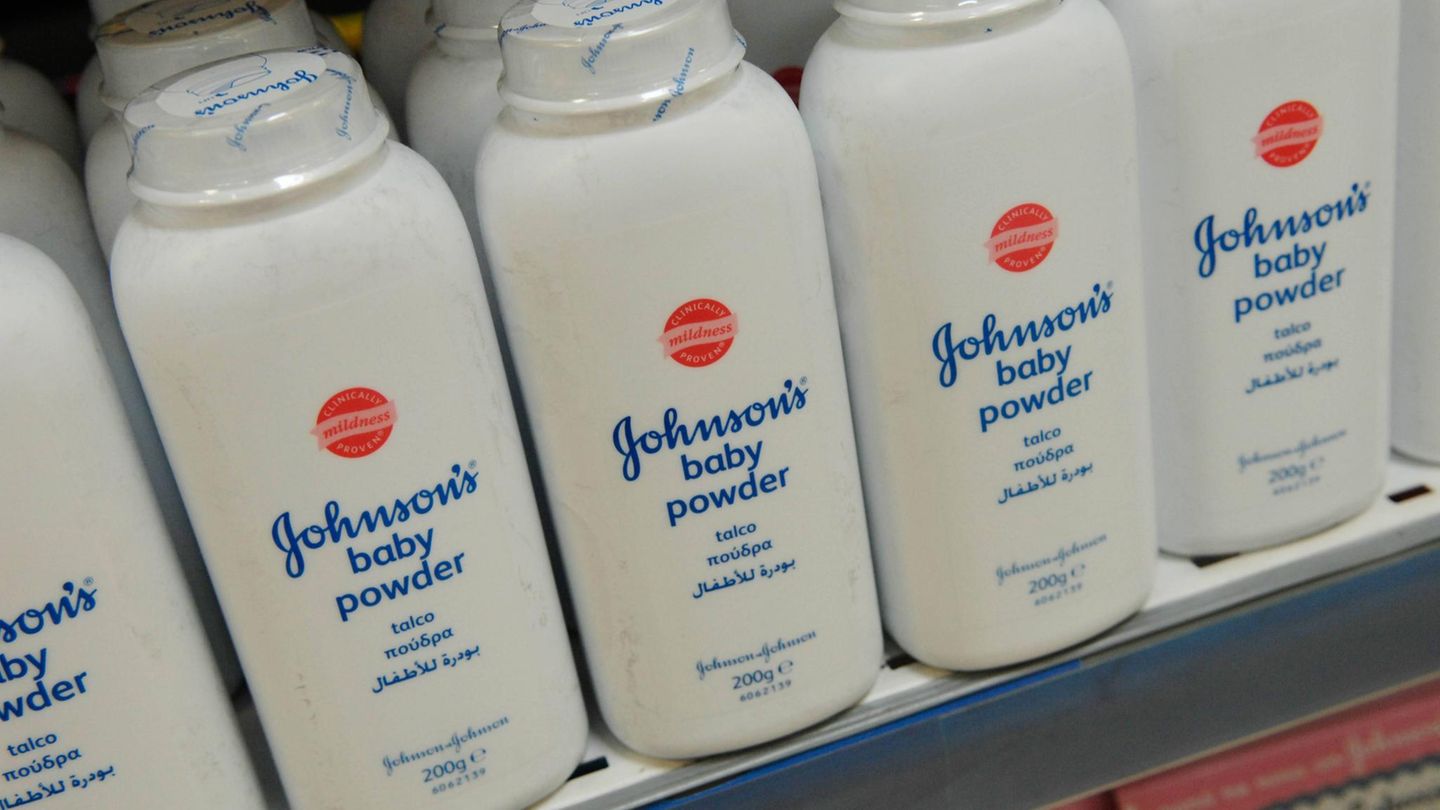godzilla turns 70 and the company toho celebrates it with a new blockbuster, “Godzilla Minus One”which in addition to winning the Oscar for best special effects also earned a return to its origins. From today it will be seen in movie theaters in our country.
Attention, the first film, released in Japan on November 3, 1954, is 70 years old, because the little animal is much older. Already in that film an old man explains that gojirasuch as its original name, is a mythological beast that for centuries has come out of the sea to take away livestock and destroy some huts in the process, simply because it is harmful.
The problem is that nuclear testing nearby has made it more powerful and aggressive, and it is difficult to stop it. When they succeed, he retreats to the bottom of the sea to replenish his energy until the next film. This is the seventeenth.
There is a precedent: the story “The Siren in the Fog”of Ray Bradbury1951. One last dinosaur, sad in its loneliness, feels the siren of a lighthouse and believes that this is a living being that may keep it company. Seeing himself frustrated, he breaks it. That was the basis of “The Beast of the Sea” (The Beast of 20,000 Fathoms)1953), where the animal breaks half of New York. He was hibernating peacefully in the Arctic and was awakened by the vibrations of nuclear tests.
That was the first film that incorporated the theme. Many tests were being done, people were scared and science fiction cinema began to work on those fears with films like “The Sea Monster”, “The World in Danger”, “The Incredible Shrinking Man” and “The underwater monster”.
In Japan the fear was even more palpable, due to the experience of Hiroshima and Nagasaki and the atomic tests that the US had been carrying out in the Pacific. Precisely, in March 1954, a radioactive fallout from tests at Bikini Atoll fell on the 23 crew members of a fishing boat that was “in a safe zone,” condemning them to horrible agony.
This sparked a wave of global indignation, and also woke up the producer Tomoyuki Tanaka the decision to make as soon as possible a fantastic drama based on reality with this matter, taking as a model “The Sea Monster” the traditional ones “kaiju” (strange beasts) from Japanese folklore and, while we’re at it, “King Kong”. Like the monkey, the beast would feed on young women sacrificed on an altar. Luckily that idea did not prosper.
Shigeru Kayamaa novelist who had been writing fantasies about sea monsters, created a decidedly anti-American script, which began with documentary images denouncing the tests of the hydrogen bomb and the state of the victims of the aforementioned ship. He also proposed that the action take place on Odo, an island near Iwo Jima, where a two-month battle with more than 44,000 casualties had taken place nine years earlier.
Tanaka, Eiji Tsuburayaspecial effects specialist, and director Inoshiro Honda They “relieved” that part a little, added characters, a nice romantic conflict, and they didn’t film in Odo, but in Toho studios, with miniature buildings and a man dressed as a dinosaur. The result was titled “Gojira”by a closet-looking bodybuilder who worked at the company.
It was released in Japan with great success in popular cinemas, then in the US, where for mere reasons of pronunciation it was named “Godzilla” (and they “pasteurized” it so as not to offend their audience too much). From there, to the rest of the world.
With the sequels began the increasingly greater hecatombs, Godzilla’s fights with other heavyweight monsters, increasingly crazy, the comic resources, such as a movie with Godzilla’s son and similar things. Hanna & Barbera turned it into a cartoon for children, Mary Newland He dedicated a short and terrible black humor joke to him (“Bambi meets Godzilla”1969), comics, video games and t-shirts emerged. Curious detail, at a time when there were several earthquakes, there were also them in the Godzilla movies. Current events, always present.
Now, after some bombastic Hollywood blockbusters, toho recovered the rights and made “Godzilla Minus One”also recovering some of the spirit of antinuclear denunciation and other characteristics of the original work that had been lost along the way.
Of course, everything in great display, showing off the greatest technological advances, as if to show the high level of an old company that was already believed to be dead, and the validity of a monster that always reappears even if it is left for dead (and even if it is never understood if It exists to defend Japan, as sometimes happens, or to destroy it at will, as is its nature). Author, Takashi Yamazaki. Special effects, Kiyoko Shibuya, Masaki Takahashi, Tatsui Nojima and his own Yamazakiall of whom, on Oscar night, went on stage with a dinosaur doll, perhaps to sell it on the way out. Original title, “Gojira 1.0”
Source: Ambito
I am an author and journalist who has worked in the entertainment industry for over a decade. I currently work as a news editor at a major news website, and my focus is on covering the latest trends in entertainment. I also write occasional pieces for other outlets, and have authored two books about the entertainment industry.




